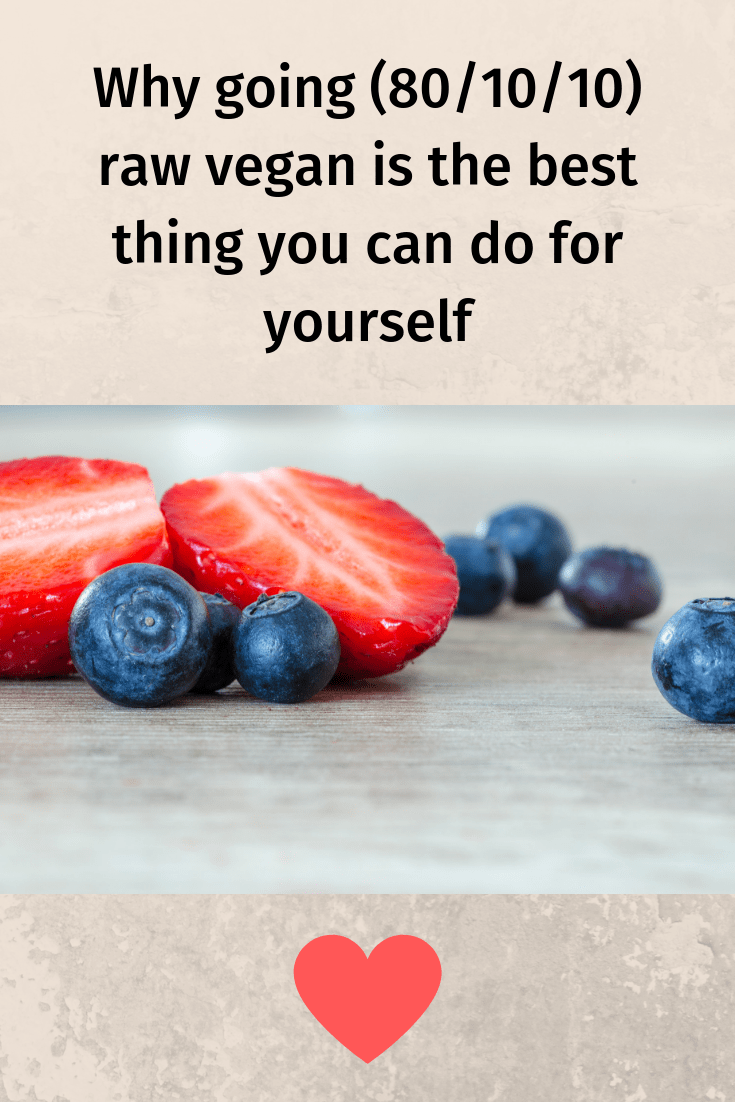
What they eat is the most important difference between vegetarian and vegan diets. Vegans avoid eating animal products and vegetarians avoid sweets or dairy that contain gelatine. Additionally, vegans have lower body mass and cholesterol levels than nonvegans.
Vegans abstain from all animal products
A vegan diet is one where a person avoids all animal products, including meat, dairy products, and eggs. This type of eating is becoming more popular among athletes and people who are interested in their health. Vegans try to get their protein from non-edible sources like plants, grains, and nuts. They also avoid eating bones and other products of animals.
Vegans tend to avoid dairy products and eggs as well honey and fish. While you can still enjoy shellfish and fish, a vegan diet excludes them. Vegetarian and vegan cheese, frozen pizzas, as well as other foods, are all available. However, it is essential to read labels and check for ingredients before purchasing anything.

Vegetarians avoid sweets containing gelatine
Gelatine is a substance that comes from animal parts and is found in many sweets. However, some jellies may be made with plant-based substitutes, such Hartley's jelly. Be sure to read the label! You can also make your own jelly to make gelatin.
Although gelatine is common in commercial foods, you should avoid it if your diet includes this ingredient. This protein comes from animal bones or connective tissue. It is commonly used to set foods. It is cheaper than butter and can extend the shelf-life for many foods. Gelatin is used to make meat dishes and can be found in many frozen vegetables. Gelatine is found in some Green Giant's Broccoli, Carrot Steamers, and Birds Eye Steamfresh Penne varieties. Whey, however, can be found in Birds Eye Steamfresh Penne, Broccoli, and Broccoli.
They have a lower body weight index
Studies have shown that vegetarians, vegans, and others have lower BMIs than non-vegetarians. This could be because vegetarians eat fewer processed and calorie dense foods. Researchers examined data from LIFE-Adult, and discovered that vegetarians had an lower BMI.
The journal PLOS one published a study that suggests that vegetarians and vegans may have a lower risk of developing diabetes or cardiovascular disease. The study examined 40 studies in 12 countries and compared vegetarians' health to those of meat-eaters. According to Physicians Committee for Responsible Medicine Vegans had lower BMIs, lower calories, lower saturated fat, lower blood pressure, and glucose than meat-eaters.

They have lower cholesterol
Vegans and vegetarians are more likely to have lower levels of cholesterol. This is attributed to the high fibre content, antioxidants, and lower saturated fat content of plant foods. They are also rich in fruits, vegetables, wholegrains and nuts. These attributes are beneficial for blood vessel health and have been shown to lower cholesterol and blood pressure.
A lower total cholesterol level, as well as a lower triglyceride, has been associated with a plant-based diet. You may have a better body weight and overall health.
FAQ
What is the difference between a virus and a bacterium?
A virus can be described as a microscopic organism incapable of reproducing outside its host cell. A bacterium (or single-celled organism) reproduces by splitting itself into two. Viruses measure only 20 nanometers in diameter, but bacteria is up to 1 millimeter in size.
Viruses are spread via contact with infected bodily liquids such as urine, saliva, semen and vaginal secretions. Bacteria are usually spread through direct contact with contaminated objects or surfaces.
Viral infections can also be introduced to our bodies by a variety of cuts, scrapes or bites. They may also enter through the nose, mouth, eyes, ears, vagina, rectum , or anus.
Bacteria can enter the body through cuts, scrapes burns and other injuries to the skin. They can also get into our bodies via food, water or soil.
Both bacteria and viruses cause illness. Viruses can not multiply in the host. They can only infect living cells and cause illness.
Bacteria can multiply within their hosts and cause illness. They can invade other areas of the body. They can even invade other parts of the body, which is why antibiotics are necessary to eradicate them.
What is the difference between fat and sugar?
Fat is an energy source from food. Sugar is a sweet substance found naturally in fruits and vegetables. Both fats (and sugars) have the exact same calories. Fats have twice the calories of sugars, however.
Fats can be stored in the body, which can lead to obesity. They may cause cholesterol buildup and lead to strokes or heart attacks.
Sugars provide instant energy and are rapidly absorbed by the body. This causes blood glucose levels rise. High blood glucose levels can lead to type II diabetes.
Improve immunity with herbs and supplements?
You can boost your immune function with herbs and natural remedies. Ginger, garlic, ginger, oregano oils, echinacea and ginkgo biloba are some of the most common.
These herbs should not be considered as a substitute for conventional medical treatment. Side effects include nausea, dizziness and stomach cramps.
What is the problem of BMI?
BMI stands for Body Mass Index, which is a measurement of body fat based on height and weight. The following formula is used to calculate BMI:
Weight in kilograms divided by height in meters squared.
The result can be expressed as a number, ranging from 0 through 25. A score of 18.5 indicates that you are overweight and a score of 23 indicates that you are obese.
A person with 100 kg will have a BMI 22 if they are 1.75m tall and weigh 100 kg.
Statistics
- WHO recommends reducing saturated fats to less than 10% of total energy intake; reducing trans-fats to less than 1% of total energy intake; and replacing both saturated fats and trans-fats to unsaturated fats. (who.int)
- Extra virgin olive oil may benefit heart health, as people who consume it have a lower risk for dying from heart attacks and strokes according to some evidence (57Trusted Source (healthline.com)
- WHO recommends consuming less than 5% of total energy intake for additional health benefits. (who.int)
- In both adults and children, the intake of free sugars should be reduced to less than 10% of total energy intake. (who.int)
External Links
How To
What does the meaning of "vitamin?"
Vitamins are organic compounds naturally found in food. Vitamins are essential for our bodies to absorb nutrients from the foods we eat. Vitamins cannot be produced by the body. They must be obtained from food.
There are two types vitamins: water soluble or fat soluble. Water-soluble vitamins dissolve in water easily. Some examples include vitamin C,B1 and B2 vitamins (thiamine), B2 and riboflavin, B3 and niacin, B6 vitamins (pyridoxine), B6 vitamins (niacin), folic acids, biotin, pantothenic acids, and Choline. The liver and fatty tissues are home to fat-soluble vitamins. Vitamin D, E, K and A are some examples.
Vitamins are classified according their biological activity. There are eight main groups of vitamins.
-
A - Essential for healthy growth and health maintenance.
-
C - essential for proper nerve function, and energy production.
-
D - Vital for healthy bones and teeth
-
E - needed for good vision and reproduction.
-
K - Required for healthy nerves and muscles.
-
P - vital for building strong bones andteeth.
-
Q – aids digestion and absorption.
-
R - necessary for making red blood cells.
The recommended daily allowance for vitamins (RDA) varies according to age, gender, or physical condition. RDA values are set by the U.S. Food and Drug Administration (FDA).
For adults over 19 years, the RDA is 400 mg per day for vitamin A. Because it is essential for the development of the fetus, pregnant women should consume 600 micrograms per days. Children ages 1-8 require 900 micrograms per day. Infants below one year of age need 700 micrograms daily. But, between 9 months to 12 months of age, the amount drops to 500micrograms per days.
Children aged 1-18 require 800 micrograms of sugar per day, while those who weigh more than 1200 need 1000. For their nutritional needs, underweight children need 1200 mg per day.
Children aged 4-8 who have anemia are required to consume 2200 micrograms of Vitamin C daily.
2000 micrograms per person is necessary for general health. Women who are pregnant or breastfeeding need 3000 micrograms per day due to increased nutrient requirements.
Adults over 70 years of age need 1500 micrograms per day since they lose about 10% of their muscle mass each decade.
Women who are pregnant, nursing or breastfeeding need more than the RDA. Pregnant and breastfeeding women require 4000 micrograms each day during pregnancy and 2500 Micrograms each day after birth. Breastfeeding moms need 5000 micrograms per daily when breastmilk production occurs.